|
We are very happy to be back on the road in 2021 with the National Parks Expedition Challenge. We have taken a few months off and have our calendar packed with fun adventures this year. We had an extraordinary time at Harpers Ferry National Historical Park this past weekend.
Harpers Ferry National Historical Park is located in Harpers Ferry, West Virginia. When visiting, you will actually step back in time as you walk on cobblestone roads, visit historic storefronts, explore the battlefields, and soak up as much history as you can by listening to their highly informed rangers. You will find Harpers Ferry NHP on the banks of the Potomac and Shenandoah rivers—where Maryland, Virginia and West Virginia meet. There are over 4,000 acres of parkland, including battlefields. You can find living history demonstrations, attend workshops, or enjoy a guided tour. While we were there, Ranger George spent several hours with us, sharing his love of the park and history. He also integrated science into our virtual field trip so we could issue a STEM Challenge. We hope that after you watch the virtual field trip (posting soon), you will take time to get out in the parks and explore. Harpers Ferry should be at the top of your list. “There is nothing so American as our National Parks.” — Franklin D. Roosevelt
1 Comment
While planning our October itinerary for the National Parks, my husband sent me a text about the National Park in Delaware. I didn't even know that Delaware had their own National Park. I did a little research, reached out to the park, and found out that the First State National Historical Park contained a wealth of goodness. We conversed with Ranger Lorin and Ranger Samantha for about three weeks- discussing the STEM that could be found there. We were so pleased to find so many interesting things in the park. First State actually consists of 7 different sites from Northern Delaware to Southern Delaware. Each site tells the story of the state- a family scrapbook, if you will.
We met Lorin and Samantha at the Old Swedes Historic Site- According to the nps.gov website: "In 1699, Swedish and Finnish settlers finished building what is now called the Old Swedes Church in Wilmington, Delaware, and just a short walk from Fort Christina. Much of the original church stands today and is celebrated as the oldest church in America still used for worship.The church has preserved records of life of early settlers and many are buried at the graveyard on site." Our topic of STEM for the virtual field trip was to be about the 19th Amendment. Did you know that Delaware was the first state to ratify the constitution but the last state to ratify the 19th Amendment? Many suffragettes fought for the right for women to vote- even to the detriment of their health and losing their family's support. We hope that the students who watch this virtual field trip will be inspired to stand up for what they believe in. Way to go First State! We are definitely a fan! Cape Cod was known as the graveyard of the Atlantic due to the large number of shipwrecks along the jagged and dangerous coast. During the winter of 1870, a large number of fatalities from shipwrecks occurred along the Atlantic coast. Because of this, the United States Lifesaving Service was formed. The stations were manned by experienced boaters and surfmen. There were nine Life Saving Stations on the Cape and they were spread out every 5 miles. Surfmen walked the beaches with lanterns to look for vessels in distress. The Old Harbor Life-Saving Station saved over 600 lives alone.
The United States Coast Guard took over the operation in the 1930s. The station was decommissioned in 1944, abandoned and sold in 1947. It was used as a private residence for the next twenty-six years. The property returned to Federal ownership in 1973. The National Park Service acquired it as part of the Cape Cod National Seashore. The Friends of Cape Cod raised $180,000 to refurnish the interior of the Old Harbor Life-Saving Station. Old Harbor is now essentially the only completely furnished, historical life-saving station in the country. Visitors can tour the museum and watch a historical re-enactment of the surfmen at work. We learned many things today with Ranger Kate and Ranger Lisa. One of those things was the specialty of Phenology. Phenology is the study of periodic events in biological life cycles and how these events are influenced by seasonal and annual variations in climate. They are especially interested in this study because of the implications of Climate Change at Acadia. For example: the extreme dry weather this year caused the leaves to drop a few weeks early. This act impacted the birds looking for nesting places before they flew south. Everything is connected. John Muir once said, " “When one tugs at a single thing in nature, he finds it attached to the rest of the world.”
We learned about the "warbler"- these small colorful birds (and the favorite of Ranger Lisa) love Acadia because of the diverse forests and wetlands. They especially love the many insects they can find. If you listen closely during our virtual field trip, you may hear a few pips and cheeps. We also talked about the white-tailed deer who escape their predators by hiding, running quickly, and moving quietly. Not too quickly though, as we saw several on our drive today. We heard about the tide pools where you can catch a rock, spider, or green crab. You can also find periwinkles, mussels, and sea slugs. We had a unique opportunity to see the peregrine falcon. That was pretty lucky as they can dive as fast as 200 miles per hour as they kill their prey and have a midday snack. All in all- we learned that many people loved this area so much that they donated the land and fought hard for its protection. They were determined that everyone should see this beautiful place so they worked until it became Acadia National Park in 1929. We hope that you all have an opportunity to visit here in the near future. There are many exciting things awaiting you! "The rocky ledge runs far into the sea,
And on its outer point, some miles away, The Lighthouse lifts its massive masonry, A pillar of fire by night, of cloud by day. Even at this distance I can see the tides, Upheaving, break unheard along its base, A speechless wrath, that rises and subsides In the white lip and tremor of the face..." (https://www.hwlongfellow.org/poems_poem.php?pid=116) Henry Wadsworth Longfellow was said to have penned this famous poem after spending many nights at the Portland Head Light with the keeper. The light station sits on the primary shipping channel into Portland Harbor. It was finished in 1791 and is the oldest lighthouse in the state of Maine. The station still looks the same except for the rebuilding of the whistle house in 1975 which was badly damaged during a storm. The Portland Head Light is 80 feet above the ground and 101 feet above the water. We definitely can see why it was an inspiration for Longfellow and many others. On Thursday we spent the day with Jennifer Epstein, an educational National Parks Ranger at the National Mall. Jen has been a ranger there since the late 1990s. She is a true historian. She knows so much about the memorials and monuments and she has beautiful, personal stories to tell. One of those stories was told yesterday.
FDR: As you may know, it takes a while for monuments to be built- from conception to completion. There are a lot of politics involved in this process. The 7 1/2 acres of the FDR memorial was not without conflict. There are 4 rooms that make up the FDR memorial- one for each term he served. When it came to the idea for one of his statues- there was some controversy. Would they create the statue of him standing or sitting in a wheelchair? During his presidential residency he made it very clear that he did not want photos taken of him in the wheelchair. It was reported that he thought that would show weakness. So when it came time for the statute to be built- his wishes were brought up again. Many folks voiced their opinions; including the Americans with Disability Act (ADA). It was suggested that the inclusion of the wheelchair would inspire those with mobility challenges. In the end, the statue was created with the wheelchair. On the day of the dedication, Jen was asked to be the greeter. A young lady got out of her car and asked Jen if her hair looked okay. (Jen says that since she wears a hat all day, her opinion probably wasn't valid but she politely said- you look great) The lady was thrilled and told Jen that she was meeting Al Gore that day because she was his invited guest. Her son was in a wheelchair and she was so happy that they chose to use the wheelchair in the statue. It helped her son SEE those who looked like him. It was a great story and added much to the FDR tour. MLK: I guess one of the most amazing things about the MLK Memorial is that his legs are not featured in the statue. For a man who spent much of his time walking- you would think we would see his legs. The idea of the missing legs is that his work was not finished. He was only 39 when he died and it's up to us to continue his work. How profound! He was also the first to receive a memorial on the National Mall that was not a president or military statue. LINCOLN: This memorial is majestic in beauty and scale. When it was being built, the sculptor was working on much of the design at his home in Massachusetts. His first statue was only about 10 feet tall when they brought it to DC. Considering the scale of the memorial, he had to scrap that plan and start again. It ended up being almost twice that tall at 19 feet. Another interesting story about the Lincoln Memorial is that Dr. Martin Luther King, Jr. stood on those very steps to speak some of the same words that Abraham Lincoln shared in the Gettysburg Address. Our Virtual Field Trips will talk about the accomplishments of each man and encourage each of you to be inspired to do good! Well we are on our way! Left out this morning at 9:00 am from North Carolina. Our itinerary is mapped out but we have room for some fun surprises too. Our goal for this trip is to visit some new parks, meet up with rangers at parks that we have previously visited, and add some new adventures for Marvin and Hank. We are most excited for our two newest additions; Cape Cod National Seashore and Delaware First. Our hope is to add a new blog post on each day that we film but if we have some cool things to share, we will add more. For now- our Honda Pilot is packed in serious JENGA style and we are on our way. We are pleased to have Steve's parents on this trip with us. See you in DC!
Visiting the Lincoln Home National Historic Site brought a smile to my face today. The actual home is beautiful. Did you know that the home sits in a neighborhood with other historical homes and the entire block is part of the park? In a normal year, you would see historical reenactors walking around the community sharing stories of the past. Today it was just us and Ranger Jasmine. She shared many stories about how much Lincoln loved his boys. We saw the parlor where they wrestled and played checkers. We saw the kitchen where they ate Mary Todd Lincoln's famous almond cake. We saw the room where their son, Eddie, died. We touched the actual bannister that Lincoln used as he walked up the stairs each night. We saw his original desk where many of the historical papers were written for the debate between Douglas and himself. We learned that his life was filled with transparency and compassion. Lincoln often played with the neighborhood children in his free time. He read all the time and took Willie and Tad to the circus, plays, and concerts. His oldest son, Robert, actually gave the home to the state of Illinois. His only request was that they take care of it and never charge admission. The state and National Parks have honored his request.
If you have a chance, visit there. Learn more about this family that loved and lived together in Springfield, Illinois. They suffered grief and celebrated good times. Lincoln grew up in a modest home, met the love of his life, worked hard, loved his family, and became the President of the United States. His words still inspire us today. “My Best Friend is a person who will give me a book I have not read.” ― Abraham Lincoln “Nearly all men can stand adversity, but if you want to test a man's character, give him power.” ― Abraham Lincoln “My concern is not whether God is on our side; my greatest concern is to be on God's side, for God is always right.” ― Abraham Lincoln “I'm a success today because I had a friend who believed in me and I didn't have the heart to let him down.” ― Abraham Lincoln We are excited to introduce you to Marvin the Moose and Hucklebeary Bear! They will be joining our "Expeditions In Education" Team in just a few weeks. They are onboarding right now but will be up to speed with all things relating to the National Parks Expedition Challenge soon. We will tell you a little about each of them and how they will be supporting the non-profit. Marvin the Moose comes to us from right outside Bozeman, Montana. He was born inside of Yellowstone National Park but his parents moved to Bozeman for the good food and music. He is one of 3 brothers and loves to eat twigs, bark, roots and the shoots of woody plants. He just finished up his internship at "Moose R Us" and is ready to join the team. His experience in the wild will help him as he tells the stories of the National Parks. We know that Moose are solitary animals and move independently but he has agreed to widen his horizons and work with us. He will tell you that although he has been domesticated and is very friendly, that is not true of other Moose. Leave them alone when you see them. Enjoy them from a distance because the males have wide antlers that can measure up to 2 meters in width, from tip to tip. Welcome Marvin!! HuckleBeary Bear comes from the Great Smoky Mountains National Park. His mother and father were killed a year ago and Hucklebeary has no other family to take care of him. He is about 5 feet long from nose to tail. He likes to eat herbs, grasses, honey, nuts, fruit, berries and seeds. He also eats fish, small mammals, insects, dead animals and garbage. Huck (as he likes to be called) comes from a long line of nappers. He likes to take several naps a day. He is considered to be a highly efficient hibernator. He can sleep for months without eating, drinking, or pooping. We think he will make a great addition to our team also. Their job will be to tell stories as they see them happening in the parks. We are thrilled that they are willing to join us. They will start out writing for our blog but if everything works out with their managers, we hope to have a book in the works, soon. We all have a lot of learning to do as we become friends. Stay tuned for The Adventures of Marvin and Huck. It's Fall Ya'll! Taking a nice walk in the evening with the cool crisp air is one of my favorite things to do. I love seeing the beautiful color on the trees and the nature that has fallen on the ground. Recently my friend, Laura, from Alaska shared a post about creating Acorn People and it intrigued me. What if we used those acorns to tell stories? So this weekend, I am collecting as many acorns, caps, pinecones, and sticks as I can find to create my own National Park Stories. I will use these natural resources to design little vignettes for each National Park. I will photograph it and then share it with students so they can write stories about it.
You can do this too! Think about having your students collect the resources and create their family. They can choose their favorite scene from a book and retell the story with acorns. They can recreate events from history using what they find on the ground. How about reimagining Fairy Tales with acorn people? Share your designs on Social Media @dacia92 and #ExpeditionsInEducation We all need a little good news because things have been quite nutty lately. Well- I have to go....nature is calling. (Wait! Not exactly what I meant!) Dacia Jones www.expeditionsineducation.org |
Dacia and SteveWe are enjoying creating free educational content for students, teachers, and schools. We also are loving the travel! Archives
November 2021
Categories |
Expeditions in Education
- Home
-
Crossing America
-
Crossing America School Visits
>
- Cone and Smyrna Elementary School
- Cason Lane & Highland Park, TN
- Austin Elementary and Bethlehem Elementary, GA
- Woodard Elementary, TN
- Mount Harmony & Tracey's Elementary Maryland
- Elkins, WV- Go Polar Bears!
- Alvaton Elementary- KY
- Stallings Elementary, Matthews, NC
- Pleasant Knoll Elementary School Fort Mill, SC
- Guilford Elementary School in Plainfield, INDIANA
-
Crossing America SPECIAL EVENTS
>
-
Crossing America ZOOM
>
-
Episodes 1-10
>
- Episode One: Homestead NHP
- Episode Two: Holiday in the PARKS
- Episode Three: Biscayne National Park
- Episode Four: Everglades National Park
- Episode Five: Maggie L. Walker National Historic Site
- Episode Six: Assateague Island National Seashore
- Episode Seven: George Washington's Birthday 2022
- Episode Eight: Casa Grande Ruins National Monument
- Episode Nine: Tumacácori National Historical Park
- Episode Ten: San Antonio Missions NHP
-
Episodes 11 - 20
>
- Episode Eleven: MotorCities National Heritage Area
- Episode Twelve: Death Valley National Park
- Episode Thirteen: Hot Springs National Park
- Episode Fourteen: Isle Royale National Park
- Episode Fifteen: Dry Tortugas National Park
- Episode Sixteen: Olympic National Park
- Episode Seventeen: Voyageurs National Park
- Episode Eighteen: Lewis and Clark
- Episode Nineteen: Jewel Cave National Monument
- Episode Twenty: Pipestone National Monument
-
Episodes 21 - 30
>
- Episode Twenty-One: Alcatraz island
- Episode Twenty-Two: César E. Chávez National Monument.
- Episode Twenty-Three: Lava Beds National Monument
- Episode Twenty-Four: Haleakalā National Park
- Episode Twenty-Five: Hawai' i Volcanoes
- Episode Twenty-Six: Pearl Harbor National Memorial
- Episode Twenty-Seven: Lincoln Boyhood
- Episode Twenty-Eight: Birmingham Civil Rights National Monument
- Episode Twenty-Nine: Cumberland Island National Seashore
- Episode Thirty: Vicksburg National Military Park
-
Episodes 31-40
>
- Episode Thirty-One: Grand Teton National Park
- Episode Thirty-Two: Fort Laramie National Historic Site
- Episode Thirty-Three: Delaware Water Gap National Recreation Area
- Episode Thirty-Four: Fort Pulaski National Monument
- Episode Thirty-Five Kennesaw Mountain National Battlefield Park
- Episode Thirty-Six Pictured Rocks National Lakeshore
- Episode Thirty-Seven Natchez Trace Parkway
- Episode Thirty-Eight Selma to Montgomery National Historic Trail
- Episode Thirty-Nine: Pinnacles National Park
- Episode Forty: San Juan National Historic Site
-
Episodes 1-10
>
-
Crossing America School Visits
>
-
Educators
- Adventures of Marvin & Huck:Educators
- Book Connections
- Expeditions in Education BLOG
- Experience the Parks >
- Kindness Challenge
- Legacy Tree Chronicles >
-
National Parks Expedition Challenge
>
- Expedition Challenge Full List
- Acadia to Bryce >
-
Cape to Dry
>
- Cape Cod (ONE) National Seashore
- Cape Cod (TWO) National Seashore
- Carlsbad Caverns National Park
- Casa Grande Ruins National Monument
- César E. Chávez National Monument
- Chaco Culture National Historical Park
- Crater Lake National Park
- Cumberland Island National Seashore
- Cuyahoga Valley National Park
- Dayton Aviation National Heritage Historical Park
- Death Valley National Park
- Delaware Water Gap National Recreation Area
- Denali National Park
- Dry Tortugas National Park
- Eleanor to Fort >
-
Gateway to Hot
>
- Gateway Arch National Park
- Gettysburg National Military Park
- Grand Canyon National Park
- Grand Teton National Park
- Great Smoky Mountains National Park
- Guilford Courthouse National Military Park
- Haleakala National Park
- Harpers Ferry National Historical Park
- Hawai'i Volcanoes National Park
- Homestead National Historical Park
- Home of Franklin Roosevelt National Historic Site
- Hopewell Culture National Historical Park
- Hot Springs National Park
-
Indiana to Lincoln
>
- Indiana Dunes National Park
- Isle Royale National Park
- Jewel Cave National Monument
- Jimmy Carter National Historical Park
- Joshua Tree National Park
- Kenai Fjords and Alaska Coastal Parks
- Kennesaw Mountain National Battlefield Park
- Keweenaw National Historical Park
- Lava Beds National Monument
- Lewis & Clark National Historic Trail
- Lincoln Home National Historic Site
- Lincoln Memorial
-
Maggie to Pullman
>
- Maggie L. Walker National Historic Site
- Mammoth Cave National Park
- Martin Luther King, Jr. Memorial
- Mesa Verde National Park
- Natchez Trace Parkway
- New River Gorge and Preserve National Park
- Niobrara National Scenic River
- Oklahoma City National Memorial and Museum
- Olympic National Park
- Palo Alto Battlefield
- Pearl Harbor National Memorial
- Petroglyph National Monument
- Pictured Rocks National Lakeshore
- Pinnacles National Park
- Pipestone National Monument
- Pullman National Monument
-
Redwood to Zion
>
- Redwood National and State Parks
- Rocky Mountain National Park
- Saguaro National Park
- San Antonio Missions NHP
- San Juan National Historic Site
- Selma to Montgomery National Historic Trail
- Shenadoah National Park
- Tidal Basin-NAMA
- Tumacácori National Historical Park
- Vanderbilt Mansion National Historical Site
- Vicksburg National Military Park
- Voyageurs National Park
- Waco Mammoth National Monument
- Wright Brothers Memorial
- Yosemite National Park
- Zion National Park
-
Preserve the Parks PBL
>
- Addressing Environmental Resilience in Puerto Rico
- Protecting the Puerto Rican Harlequin Butterfly
- Creating Sustainable Communities Inspired by Pullman
- Combating the Green Crab Invasion in Acadia National Park
- Enhancing Sustainable Trails at Big Cypress National Preserve
- Exploring the Green River's Impact on Water Purity and Cave Preservation
- Protecting Crater Lake's Endemic Newts
- Restoring Native Trees at the Lincoln Boyhood Home
- Restoring the Elwha River
-
STEAM in the Park Previous
>
-
STEAM in the Park - 2023
>
- Ambassadors 2023
- Mammoth Cave National Park 2023
- Great Smoky Mountains National Park 2023
- Cumberland Island National Seashore 2023
- New River Gorge STEAM in the PARK
- Hawaii Volcanoes National Park
- Big Cypress National Preserve 2023
- Redwood National Park 2023
- Jimmy Carter National Historic Site 2023
- Acadia National Park 2023
- Rocky Mountain National Park 2023
- Olympic National Park 2023
- Voyageurs National Park 2023
- STEAM in the Park - 2022 >
- "What's In Your Pocket?"
- Nature Journaling Resources
-
STEAM in the Park - 2023
>
- Backpack the Parks!
- Park Pioneers
- The Land
- Weekly Dives
- Ready to Go Lessons
- Great Lakes Odyssey
- STEAM in the Park - 2024
- Students

Permissions:
Expeditions in Education gives you permission to use our materials as-is. Logos and names from the documents must remain.
Please provide credit and link back to our website when using our resources.
Expeditions In Education, INC is a registered 501(c)(3) nonprofit.
EIN: 85-1846134
Dacia and Steve Jones ([email protected])
Copyright 2024
Expeditions in Education gives you permission to use our materials as-is. Logos and names from the documents must remain.
Please provide credit and link back to our website when using our resources.
Expeditions In Education, INC is a registered 501(c)(3) nonprofit.
EIN: 85-1846134
Dacia and Steve Jones ([email protected])
Copyright 2024
Proudly powered by Weebly








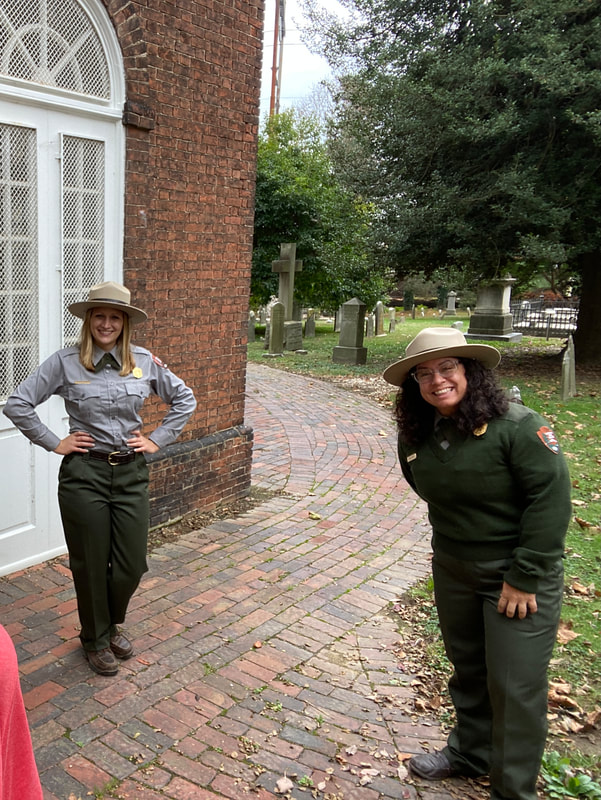

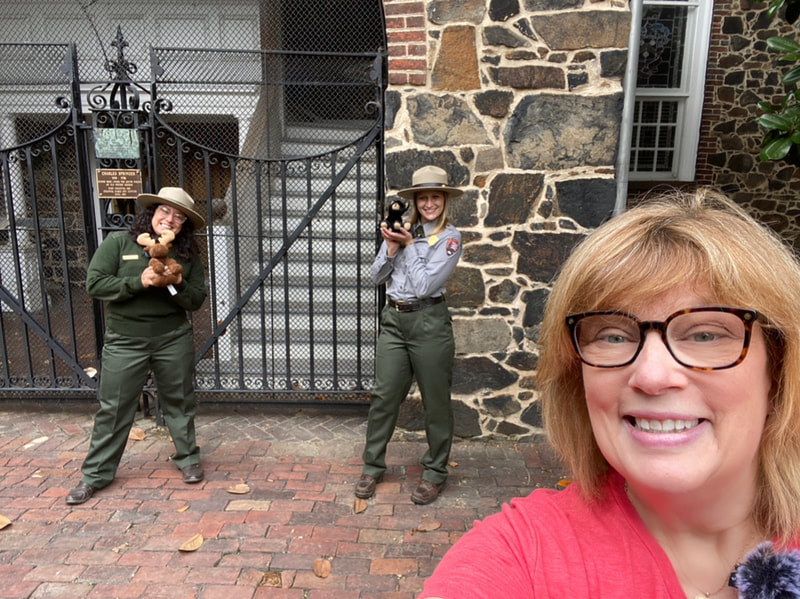















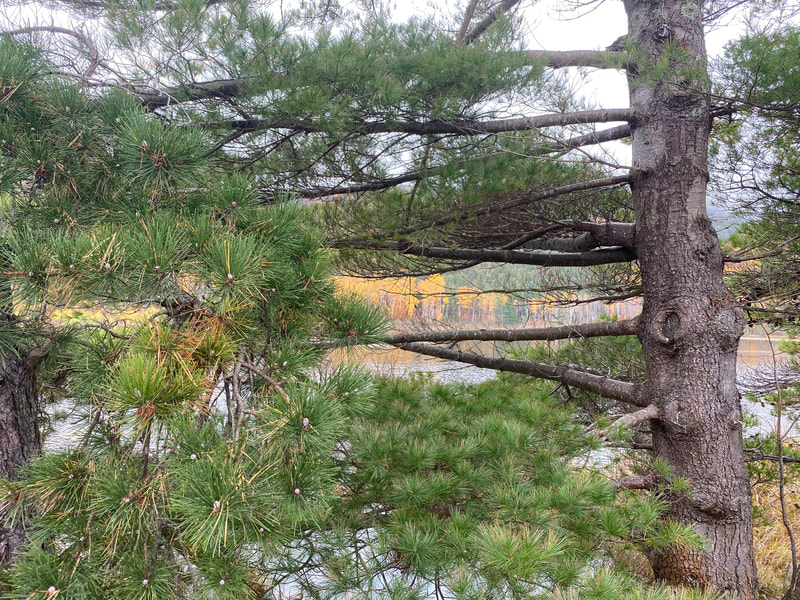
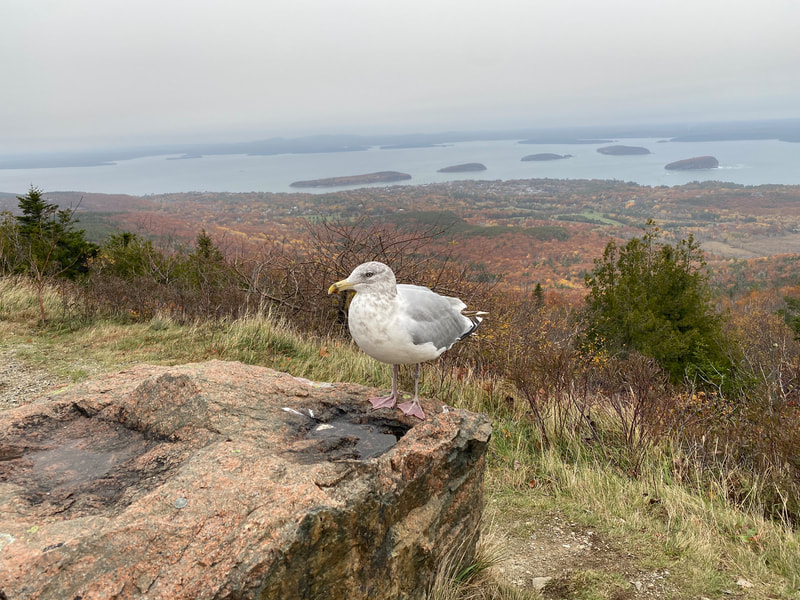



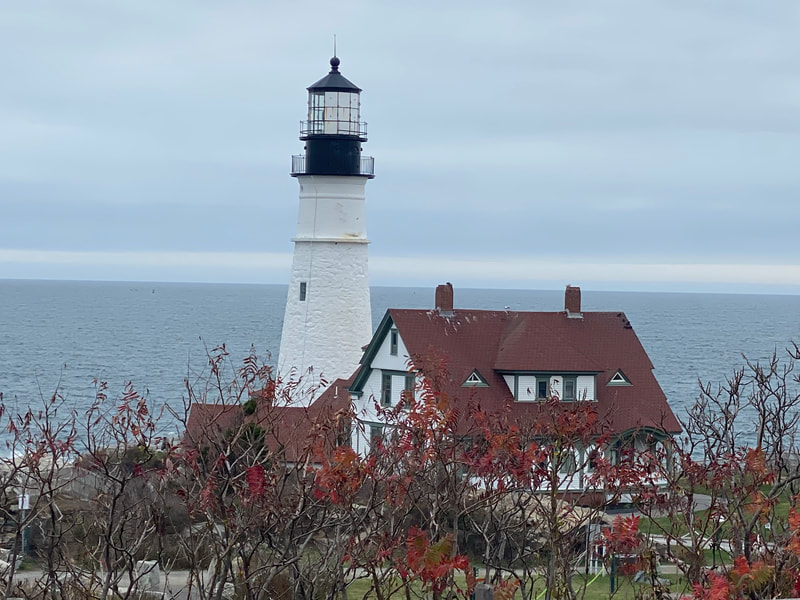

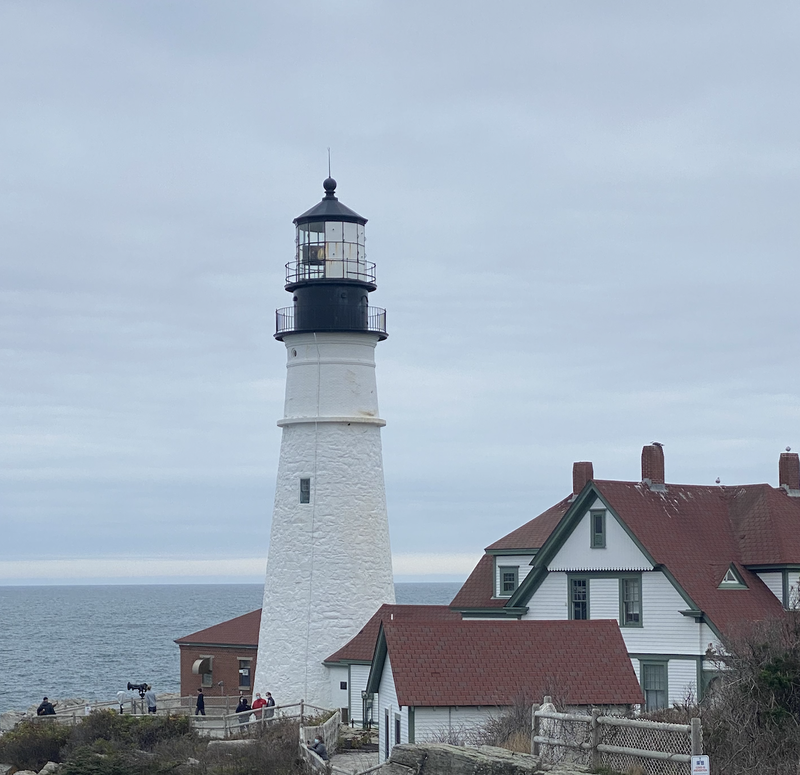



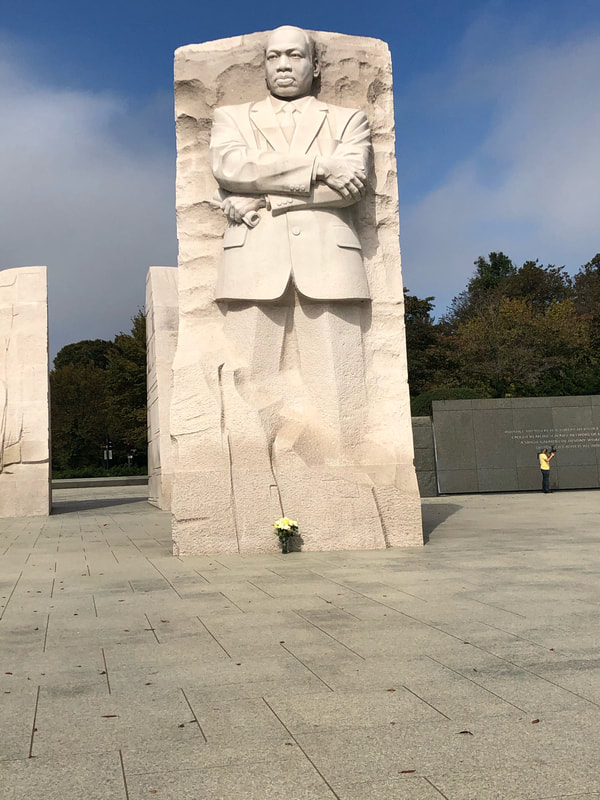





















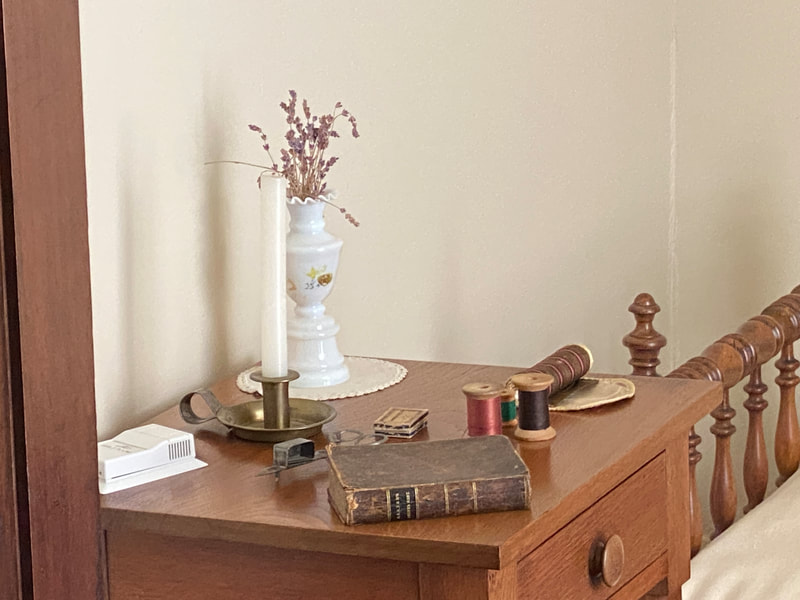









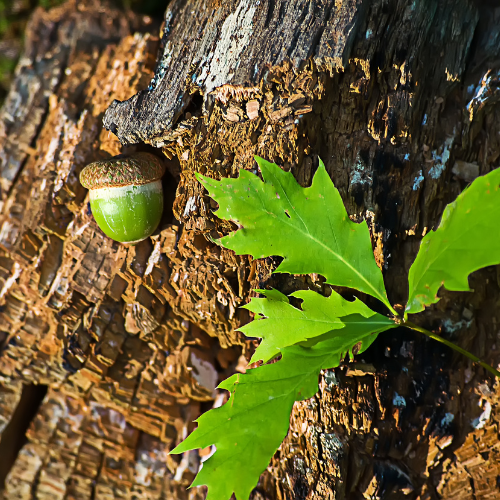


 RSS Feed
RSS Feed